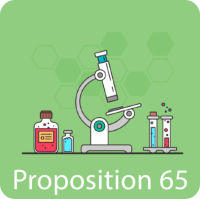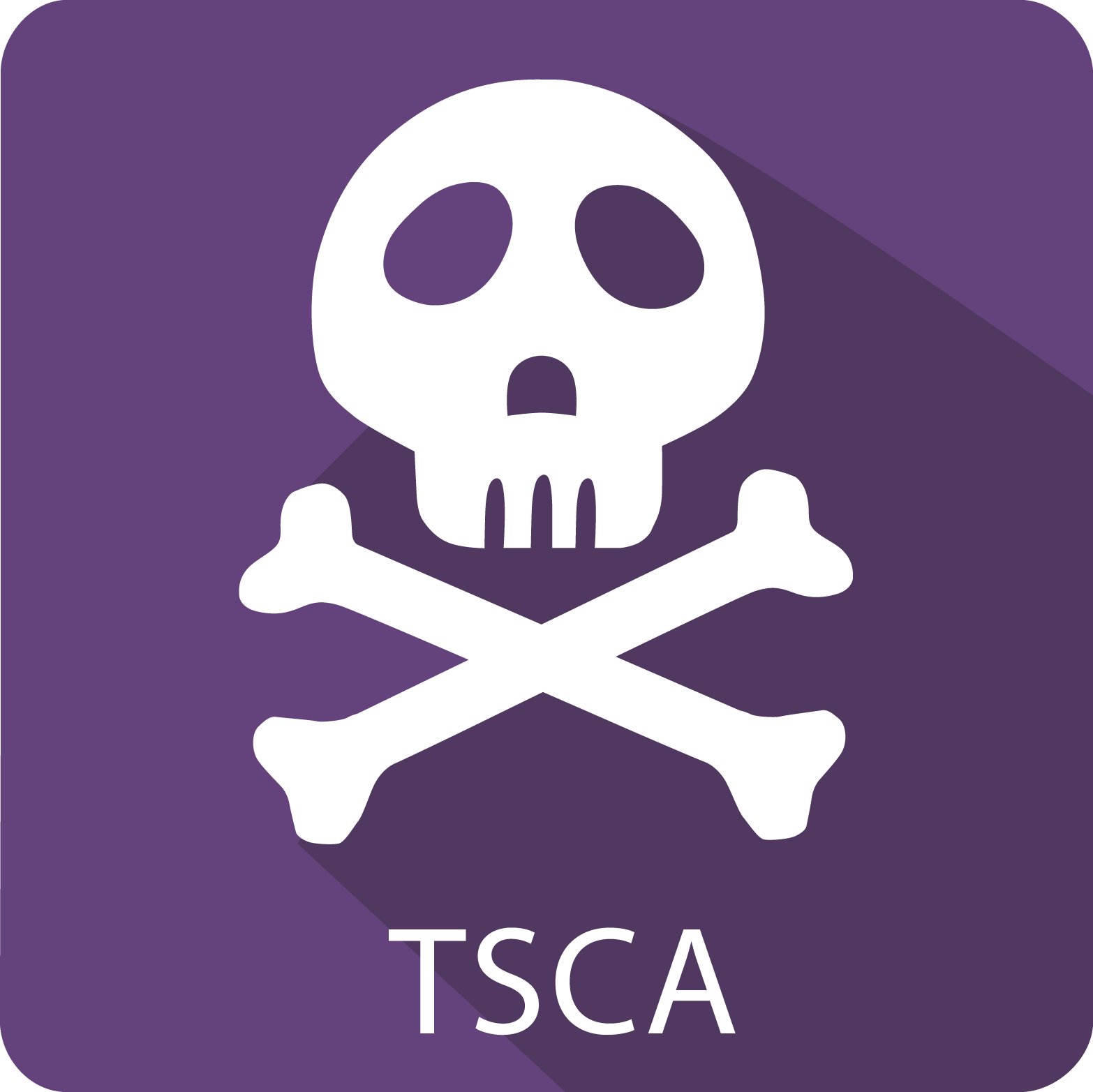
Certain solvents, oils, and greases are either regulated or contain hazardous substances. Therefore, solvent and oil testing can be necessary to verify compliance.

Certain solvents, oils, and greases are either regulated or contain hazardous substances. Therefore, solvent and oil testing can be necessary to verify compliance.

To begin, an SDS or Safety Data Sheet, is a document presented in a standardized format that conveys a product’s hazard information. Namely, these substances are either in pure form or mixtures. Conducting solvent and oil testing could be useful for an SDS to confirm molecular compositions. Thus, one could list the reported hazardous chemicals in the document.

Taken from the REACH Substances of Very High Concern (SVHC) list, these substances can be present in solvent and oil products:
Chemical Name | Applications |
|---|---|
1,2-dichloroethane |
|
Caron tetrachloride |
|
Tetrachloroethylene |
|
Unfortunately, these chemicals are involved in the following hazards:

Additionally, Prop. 65, also known as the Safe Drinking Water and Toxic Enforcement Act, is a California state regulation requiring businesses to provide warnings to California residents about significant exposures to chemicals that cause cancer, congenital abnormalities, or other reproductive harm.
The following table highlights some prop.65 chemicals that are at risk in oils and solvents:
Chemical Name | Type of Toxicity | Applications |
|---|---|---|
Benzene | Cancer |
|
Ethylene oxide | Birth defects, cancer |
|
Toluene | Reproductive Toxicity |
|
PAHs (Polycyclic aromatic hydrocarbons) | Cancer |
|

Moreover, Persistent Organic Pollutants (POP), are chemical substances that negatively affect human health and the environment. POPs are toxic, strongly bonded, and can travel long distances before being deposited. Moreover, these so-called forever chemicals can be present as contaminants in solvents and oil products.
For example, Polychlorinated biphenyls (PCB) are often used as lubricants, insulating fluids, and coolants. However, they can cause cancer, reproductive toxicity, and endocrine disruption.

TSCA-PBT, or Toxics Substances Control Act- Persistent, Bioaccumulative, and Toxic, is a US federal regulation that aims to protect human health and the environment from the harmful effects of certain chemicals.
For example, Pentachlorothiophenol (PCTP) is used for solvent applications. At higher concentrations, this molecule can cause liver and kidney damage.

RoHS, also known as the Restriction of Hazardous Substances Directive, is a European Union regulation that limits the use of certain hazardous substances in electrical and electronic equipment. Oil products and solvents used in these types of equipment must comply with RoHS regulations in the EU.

In addition, it’s important to note that some specific applications or industries may have their regulations and standards, such as the aviation industry. In fact, the Aerospace and Defense Declarable Substances list (AD-DSL) is a voluntary standard for industries with automotive and aerospace applications. Thus, reporting is simplified by uniting a collection of regulated substances from the previously mentioned regulations. This requirement is practical for mixtures such as engine oils and hydraulic fluids that apply to these industries.
Solvent and oil testing is crucial in ensuring compliance with these regulations. It involves analyzing solvent or oil samples for the presence of restricted or banned substances and determining if the levels of these substances are within acceptable limits. Chemical Testing can be done in-house or by sending samples to a laboratory for analysis.

There are many different methods used for solvent and oil testing. The choice of method will depend on the specific regulations and the type of oil or solvent.
Analysis | Purpose | Example |
|---|---|---|
Elemental | Determination of the individual elements in a sample. |
|
Molecular | Determination of the composition and structure of molecules in a sample. |
|
For example, engine oil used in automobiles, industrial machinery equipment, transformer oil, and hydraulic fluids must comply with some if not all following regulations:
In this case, chemical testing would be useful. Namely, testing of heavy metals such as lead and cadmium is suggested. This ensures that the restricted substances are absent at levels harmful to the environment or human health.
For instance, elemental analysis detects heavy metals. Indeed, atomic absorption spectroscopy would be a good candidate for such elements.

By contrast, molecular analysis dominates oil testing against PBDEs and PBBs for example. Indeed, the composition of these molecules can be determined. For example, GC-MS would be a great technique to analyze such compounds.


In summary, solvent and oil testing is a valid option for compliance with various regulations such as REACH SVHC, Prop. 65, POP, TSCA-PBT, and RoHS. Companies should stay informed about updates and testing methods to ensure compliance and avoid potential penalties.
Need to conduct solvent and oil testing, and you do not know where to start? Contact Enviropass for a free consultation.